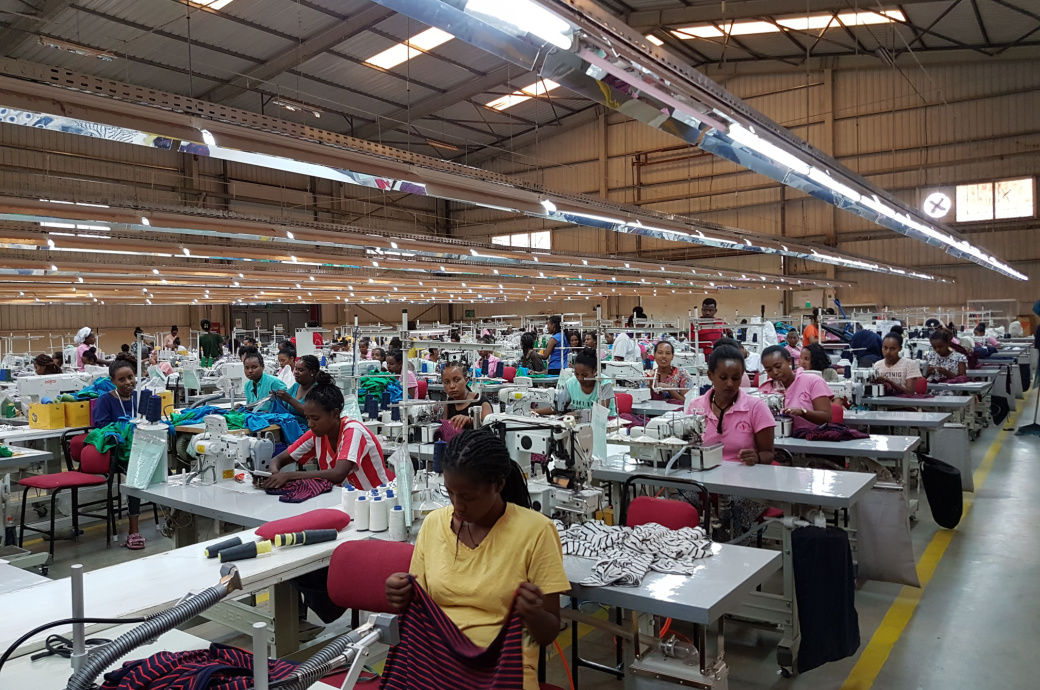
The report shows that the estimated average growth of real GDP in Africa slowed to 3.8 per cent in 2022, from 4.8 per cent in 2021 amid significant challenges following the COVID-19 shock and Russia’s invasion of Ukraine.
Despite the economic slowdown, 53 of Africa’s 54 countries posted positive growth. All the five regions of the continent remain resilient with a steady outlook for the medium-term.
AfDB’s Africa’s Macroeconomic Performance and Outlook report for the region, released in Abidjan recently, shows that all the continent’s five regions remain resilient with a steady outlook for the medium-term, despite facing significant headwinds due to global socio-economic shocks.
It also identifies potential risks and calls for robust monetary and fiscal measures, backed by structural policies, to address them.
However, the report sends a cautionary note on the outlook following current global and regional risks. These risks including soaring food and energy prices, tightening global financial conditions, and the associated increase in domestic debt service costs.
Climate change—with its damaging impact on domestic food supply and the potential risk of policy reversal in countries holding elections in 2023—pose equally challenging threats.
The report advocates bold policy actions at national, regional, and global scales to help African economies mitigate the compounding risks.
Africa’s pre-COVID-19 top five performing economies are projected to grow by more than 5.5 per cent on an average in 2023-2024 and to reclaim their position among the world’s 10 fastest-growing economies. These are Rwanda (7.9 per cent), Ivory Coast (7.1 per cent), Benin (6.4 per cent), Ethiopia (6 per cent) and Tanzania (5.6 per cent).
Fibre2Fashion News Desk (DS)